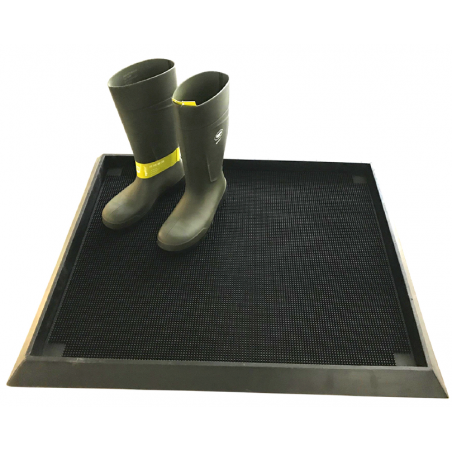Swine Inventories Decline
According to the USDA GAIN report, a one percent decline in Canada’s swine herd for 2020 is expected due to impacts of Porcine Epidemic Diarrhea virus (PEDv), higher construction costs, market volatility, and concerns about ASF. Slaughter activity will remain strong, driven by steady pork export expectations.

Fewer Hogs Imported in 2020
Live imports to Canada are forecast to decline 50 percent in 2020 as a result of rebounds in sow fertility and decreased piglet mortality from PEDv. Feeder exports will rebound in 2020 as Manitoba recovers from the 2019 PEDv outbreak. Many feeders are produced in Manitoba but contracted to U.S. finishers and, while this relationship will continue, live exports will decline two percent. Market hog demand from the United States will be reduced on large numbers of U.S. hogs and a strong U.S. supply. Increased Canadian slaughter will also support market hogs remaining in Canada for processing.
Increased Slaughter and Heavier Carcasses
Slaughter is forecast to grow by one percent in 2020 with pork production up two percent. Carcass weights will increase once again supporting a two percent growth in production. Fewer losses will lead to increased slaughter numbers despite a slight reduction in the pig crop. Slaughter capacity utilization will continue to slowly improve, supported by a strong outlook for pork exports.
Canadian pork exports to grow seven percent
Canadian pork exports in 2019 were impacted by the Chinese market closing during the summer and fall 2019. As ASF continues to impact the region, demand from Asia will support a seven percent increase in pork exports in 2020 to supplement the deficit created by a loss of local production. Pork imports are expected to increase by a further five percent in 2020 as Canada supports domestic demand while growing its exports. The United States will continue to supply close to 90 percent of Canadian pork imports.
March 16, 2020/ USDA/ US
https://apps.fas.usda.gov/







